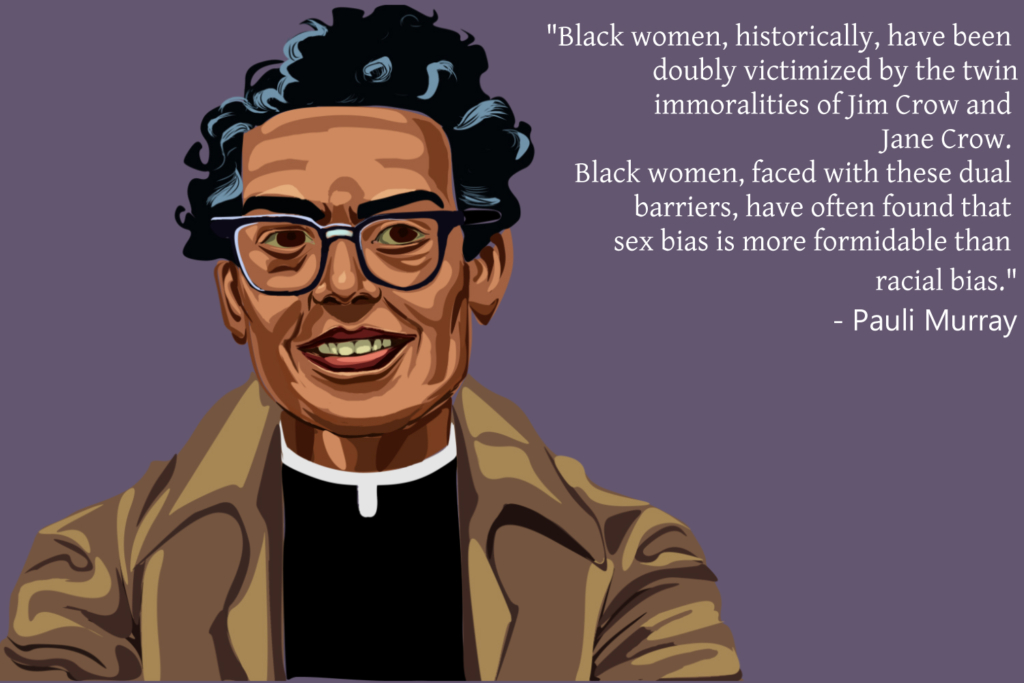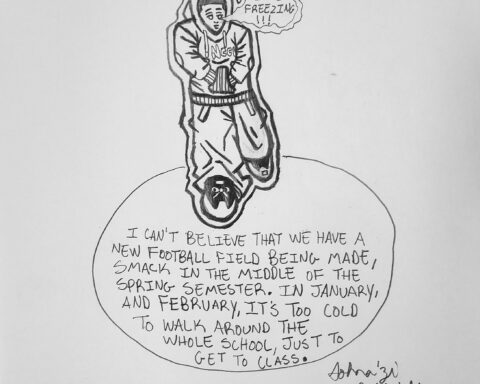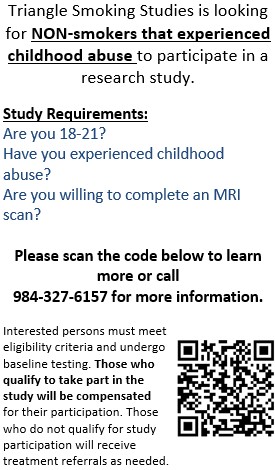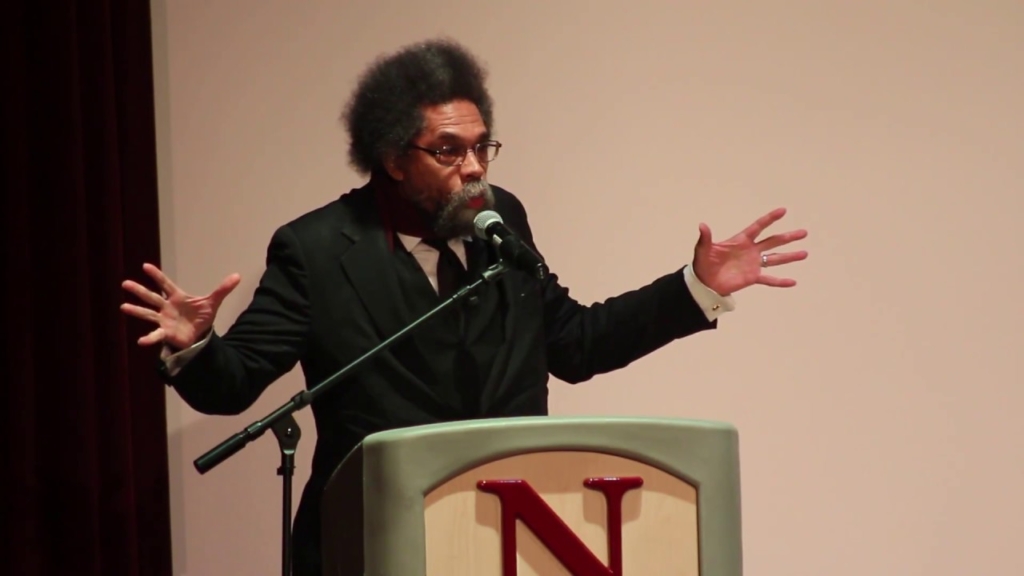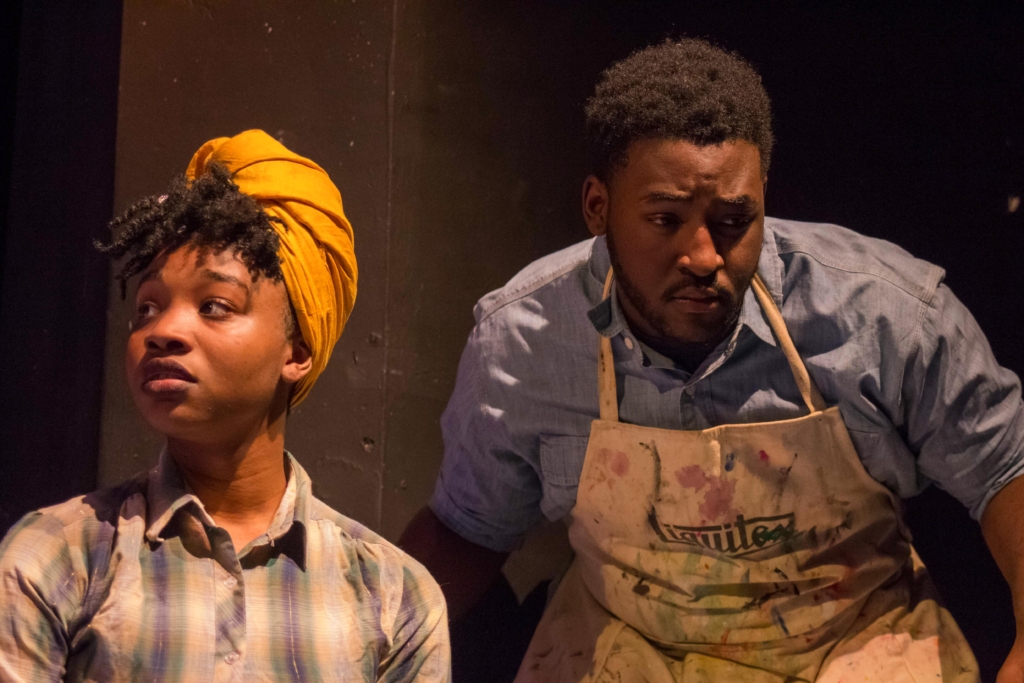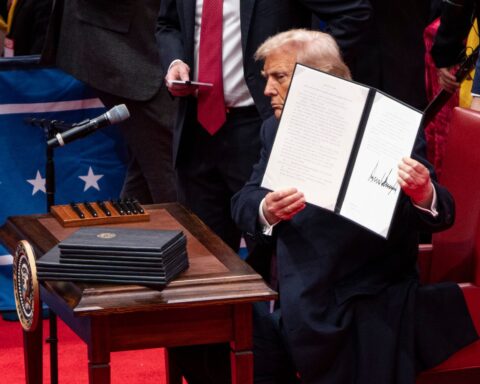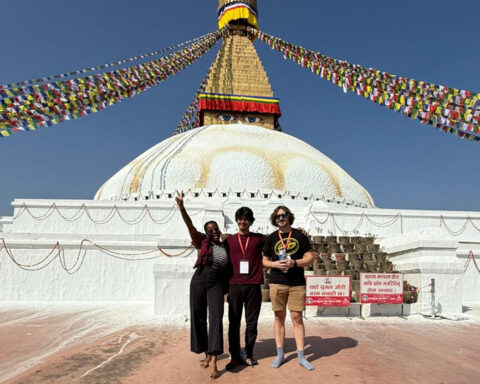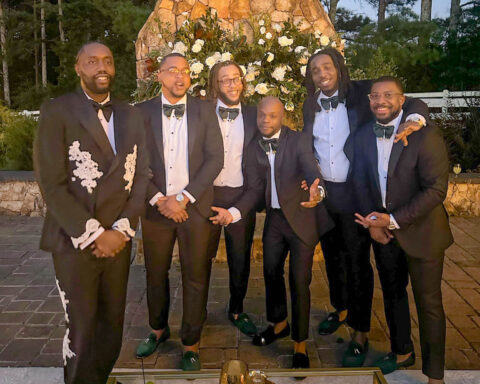In the second installation of my Black History Month series, I introduce Pauli Murray, the driven and studious heroine of the week.
She was born as Anna Pauline Murray in Baltimore, M.D. on November 20, 1910. Her mother perished from a cerebral hemorrhage four years later and her father was murdered in a state hospital when she was barely thirteen. These tragic events left her in the care of her aunt and grandparents who lived in Durham.
Once she graduated from Hillside High School in 1926, she moved back up north to go to Hunter College in New York. After some mishaps with trying to find steady work, she worked for the Works Projects Administration as a school teacher.
She wrote articles for different journals such as the “New York Call” and penned “Angel of the Desert,” which established Murray as a celebrated author.
Her induction into civil rights activism began in 1938 when she petitioned for admittance into the University of North Carolina, where only white students were admitted.
Although Murray had the National Association for the Advancement of Colored People on her side, the first black student wouldn’t be admitted to the school until 1951. However, her activism helped bring exposure to the issue.
Other acts included her protesting the segregation of public transportation, which got her arrested at one point.
These experiences set Murray on the path to get her law degree from Howard in 1944, and she still continued to pen essays and poems about race relations and civil rights.
She attempted to continue her education at Harvard Law School by applying for the a Rosenwald Fellowship. Despite winning the distinction, she was ultimately rejected on the basis of her gender.
Murray was the first African-American to coin the term “Jane Crow,” what modern, internet-wise folk might recognize as “misogynoir,” to refer to the simultaneous discrimination that black women experience on the basis of sex and gender.
She was also openly critical of male dominance in different organizations of the civil rights movement. She pointed out the lack of representation of black women in leadership and policy-making roles, despite the fact they were the ones protesting and marching in large numbers.
In 1977, she became the first African-American Episcopalian priest. A lesser known fact about Murray is that she mostly had relationships with women.
She was married to a man only once as a young woman, and the marriage was annulled months after.
She died of cancer in Pittsburgh, P.A. on July 1, 1985. Her influence continues to live through the Pauli Murray Project, a community outreach project focused on education and social justice.
For more information about Pauli Murray and the Pauli Murray Project, go to paulimurrayproject.org.

